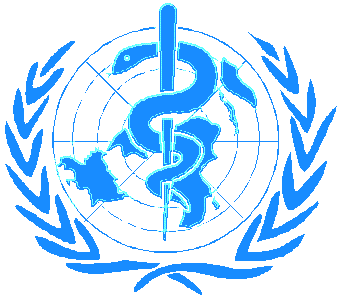 
|
AIR AND
HEALTH
Exposure pathways and monitoring
|
 Pollutants enter the human body in three main different ways: by
inhalation, ingestion or skin absorption. The amount of any given
pollutant that is received is often termed the dose. The
dose will be dependent on the duration and intensity of the
exposure. organ dose refers specifically to the
amount that reaches the human organ where the relevant effects
can occur, e.g. the lung.
Pollutants enter the human body in three main different ways: by
inhalation, ingestion or skin absorption. The amount of any given
pollutant that is received is often termed the dose. The
dose will be dependent on the duration and intensity of the
exposure. organ dose refers specifically to the
amount that reaches the human organ where the relevant effects
can occur, e.g. the lung.
In many cases, exposure may occur
simultaneously from many sources and through multiple routes.
Pathways of exposures to lead, for example, include air pollution
from traffic and industrial emissions, drinking water, food,
tobacco smoking, dusts, paints and other industrially produced
commodities and soil. Valid exposure assessment therefore
typically requires detailed knowledge about the geographical
distribution of the pollutants of concern, the temporal
variations in pollution levels, and the processes of exposure.
People are often exposed to different
pollutants simultaneously. Exposure to these may occur at
different locations (e.g. in the workplace and/or at home) and at
different times.
The full range of factors which therefore
may need to be examined is potentially large. It may include many
different environmental pollutants (including hazardous
chemicals, radioactivity, dusts and particulates), from many
different sources (including energy production, industry,
pesticide use), released either continuously or sporadically, and
either under controlled conditions (i.e. deliberate discharges)
or accidentally.
In order to be able to draw up and
implement an appropriate strategy for improving local air
quality, local authorities should implement the necessary
monitoring programmes to determine the levels of pollutants and
identify the sources. The extent of monitoring will depend on the
resources available though it is important to stress that
adequate monitoring can be carried out using relatively
inexpensive equipment.
Monitoring enables local authorities to
confirm previous assumptions that pollution levels are
unacceptably high; it also enables them to set priorities and
for improvement according to the resources available and
the cost and benefits of particular courses of action. Long-term
monitoring programmes show the efficiency of the policies put in
place thus enabling the re-allocation of resources if this is
thought appropriate.
| Biomarkers:
an emerging indicator |
| Recent
advances in molecular biology and analytic chemistry
facilitate development of biomarkers as measures
of dose. The aim is to characterise absorbed toxins in
their most biologically relevant form. After absorption,
transport, and metabolism, toxins initiate biological
changes. Identifying the transformed toxin as close as
possible to this point of initiation enhances accuracy in
knowing the true biologically active dose. Biomarkers may
also be used to characterise the early biological
alterations, thereby increasing the fit between toxin and
response. DNA- and protein-adducts have undergone recent
intensive study as biomarkers in the study of cancer
caused by environmental factors, for example. |
New sampling and analytical technologies
are being developed, including the use of automatic samplers,
remote sensing and low-cost sampling devices (e.g. passive
samplers). Gradually, improved awareness about the spatial and
temporal variations in pollution is contributing to improved
monitoring, for example, by sampling the micro environment where
exposure principally occurs, including indoor environments (e.g.
in living rooms and kitchens in the assessment of NO2
and radon). The use of total exposure monitoring, in which all
potentially relevant micro environments are sampled, also offers
opportunities to improve exposure estimates. In addition,
personal exposure monitoring is being incorporated to some extent
into environmental health assessment.
Local authorities should aim, as a minimum,
to monitor the following pollutants, all of which can affect
local air quality and human health: sulphur dioxide, particles,
nitrogen dioxide, ground level ozone, carbon monoxide, and
airborne lead (the latter is dealt with in the WHO pamphlet Lead and health).
Another pamphlet in this series, Monitoring
of air quality, will describe the purpose of monitoring air
pollution, the positioning of monitoring sites and networks, and
types of equipment available.



Document Actions
Share with others